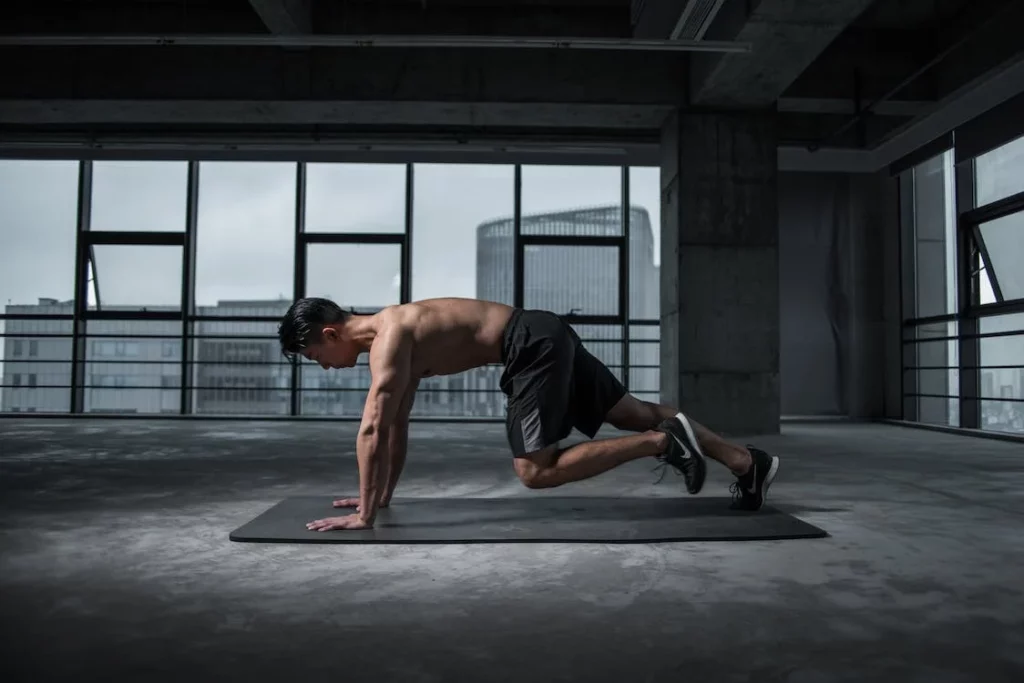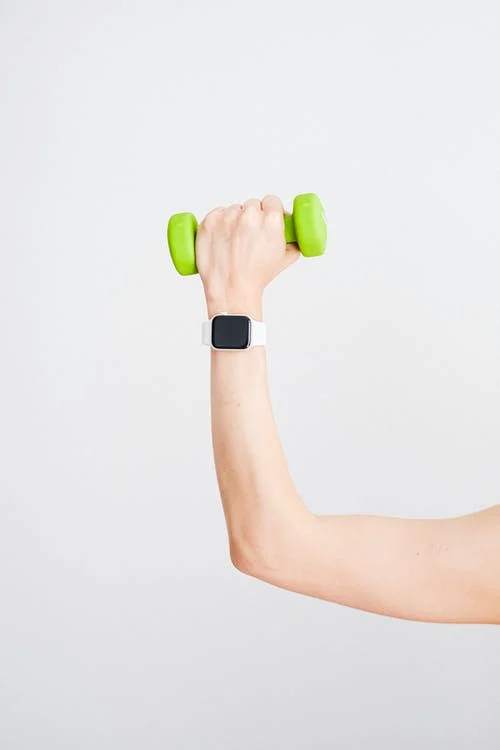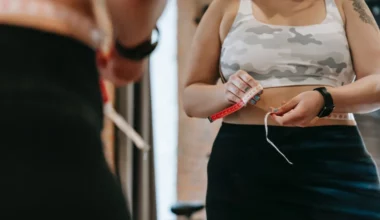How to start exercising when you’re unfit how many of us hate exercise maybe hates to my strong word maybe we should enjoy it for some of us with tried it and for others will said would do it tomorrow but you know what that is not you anymore you’ve made the decision to want to start exercising but you just don’t know where to start he’s what to do.
Here first of all if you don’t exercise at all start with a habit of walking. once I start once I’ve overcome that activation energy it is so much easier to continue with a habit where I may say I’m willing to do it for five minutes but then I do it for an hour and I feel you’re trying to do we have for today is to use this kind of to routine rewards to build a habit of walking and you can just as easily do it with going to the gym or going to yoga class or going to something else but it’s helpful to think in terms of the Q routine reward Cycles because again you’re linking it to something else in your schedule which helps build habits versus if you were just trying to start walking to always think in terms of that could be an event.

Starting a fitness program is probably one of the best things you can do for your health. Physical activity can reduce the risk of chronic disease, improve balance and coordination, help you lose weight, and even improve sleep habits and self-esteem. And there is more good news. You can start a fitness program in just five steps.
Assess your fitness level
You probably have some idea of how to fit you are. But assessing and recording baseline fitness scores can give you benchmarks against which to measure your progress. To assess your aerobic and muscular fitness, flexibility, and body composition, consider recording:
- Your pulse rate before and immediately after walking 1 mile (1.6 kilometers)
- How long it takes to walk 1 mile, or how long it takes to run 1.5 miles (2.41 kilometers)
- How many standards or modified pushups you can do at a time
- How far you can reach forward while seated on the floor with your legs in front of you
- Your waist circumference, just above your hipbones
- Your body mass index
Design your fitness program
It’s easy to say that you’ll exercise every day. But you’ll need a plan. As you design your fitness program, keep these points in mind:
- Consider your fitness goals. Are you starting a fitness program to help lose weight? Or do you have another motivation, such as preparing for a marathon? Having clear goals can help you gauge your progress and stay motivated.
- Create a balanced routine. Get at least 150 minutes of moderate aerobic activity or 75 minutes of vigorous aerobic activity a week, or a combination of moderate and vigorous activity. The guidelines suggest that you spread out this exercise during the course of a week. To provide even greater health benefits and to assist with weight loss or maintaining weight loss, at least 300 minutes a week is recommended. But even small amounts of physical activity are helpful. Being active for short periods throughout the day can add up to provide health benefits. Do strength training exercises for all major muscle groups at least two times a week. Aim to do a single set of each exercise, using a weight or resistance level heavy enough to tire your muscles after about 12 to 15 repetitions.
- Start low and progress slowly. If you’re just beginning to exercise, start cautiously and progress slowly. If you have an injury or a medical condition, consult your doctor or an exercise therapist for help designing a fitness program that gradually improves your range of motion, strength, and endurance.
- Build activity into your daily routine. Finding time to exercise can be a challenge. To make it easier, schedule time to exercise as you would any other appointment. Plan to watch your favorite show while walking on the treadmill, read while riding a stationary bike, or take a break to go on a walk at work.
- Plan to include different activities. Different activities (cross-training) can keep exercise boredom at bay. Cross-training using low-impact forms of activity, such as biking or water exercise, also reduces your chances of injuring or overusing one specific muscle or joint. Plan to alternate among activities that emphasize different parts of your body, such as walking, swimming, and strength training.
- Try high-interval intensity training. In high-interval intensity training, you perform short bursts of high-intensity activity separated by recovery periods of low-intensity activity.
- Allow time for recovery. Many people start exercising with frenzied zeal — working out too long or too intensely — and give up when their muscles and joints become sore or injured. Plan time between sessions for your body to rest and recover.
- Put it on paper. A written plan may encourage you to stay on track.

Assemble your equipment
Most likely, you’ll begin with athletic shoes. Choose footwear made specifically for the activity you have in mind. For example, cross-training shoes are more supportive but weigh less than running shoes.
If you’re planning to invest in exercise equipment, choose something that’s practical, enjoyable, and easy to use. You may want to try out certain types of equipment at a fitness center before investing in your own equipment.
You might consider using fitness apps for smart devices or other activity-tracking devices, such as ones that can track your distance, track calories burned, or monitor your heart rate.
Get started
Now you’re ready for action. As you begin your fitness program, keep these tips in mind:
- Start slowly and build up gradually. Give yourself plenty of time to warm up and cool down with easy walking or gentle stretching. Then speed up to a pace you can continue for five to 10 minutes without getting overly tired. As your stamina improves, gradually increase the amount of time you exercise. Work your way up to 30 to 60 minutes of exercise most days of the week.
- Break things up if you have to. You don’t have to do all your exercise at one time, so you can weave in activity throughout your day. Shorter but more-frequent sessions have aerobic benefits, too. Exercising in short sessions a few times a day may fit into your schedule better than a single 30-minute session. Any amount of activity is better than none at all.
- Be creative. Maybe your workout routine includes various activities, such as walking, bicycling, or rowing. But don’t stop there. Take a weekend hike with your family or spend an evening ballroom dancing. Find activities you enjoy to add to your fitness routine.
- Listen to your body. If you feel pain, shortness of breath, dizziness, or nausea, take a break. You may be pushing yourself too hard.
- Be flexible. If you’re not feeling good, give yourself permission to take a day or two off.

Evaluate your growth
Retake your personal fitness assessment six weeks after you start your program and then again every few months. You may notice that you need to increase the amount of time you exercise in order to continue improving. Or you may be pleasantly surprised to find that you’re exercising just the right amount to meet your fitness goals.
If you lose motivation, set new goals or try a recent activity. Exercising with a friend or taking a class at a fitness center may help, too.
Starting a workout routine is an important choice. However, it doesn’t have to be onerous. You can create a lifelong healthy habit by carefully planning and approaching it slowly.
If you change the way you look at things, the things you look at change.
Wayne Dyer
If you desire to get any product that makes your life easier you can check this link:
There are some apps for fitness and workouts:







